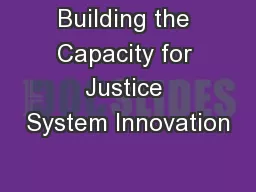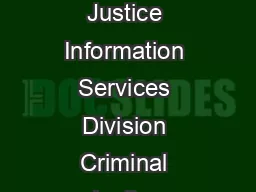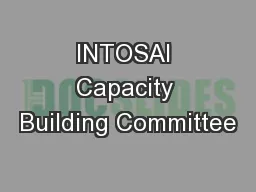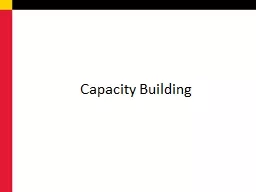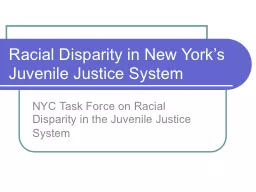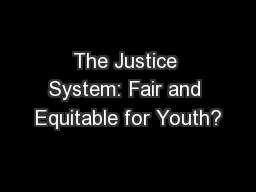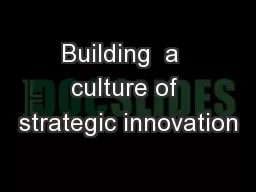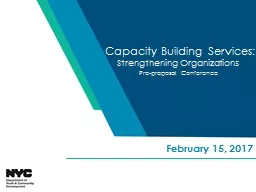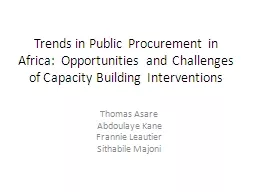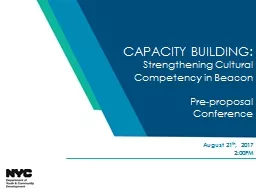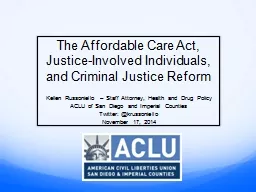PPT-Building the Capacity for Justice System Innovation
Author : ellena-manuel | Published Date : 2016-02-22
Bonnie Rose Hough Center for Families Children amp the Courts of the Administrative Office of the Courts California California in round numbers 38 million residents
Presentation Embed Code
Download Presentation
Download Presentation The PPT/PDF document "Building the Capacity for Justice System..." is the property of its rightful owner. Permission is granted to download and print the materials on this website for personal, non-commercial use only, and to display it on your personal computer provided you do not modify the materials and that you retain all copyright notices contained in the materials. By downloading content from our website, you accept the terms of this agreement.
Building the Capacity for Justice System Innovation: Transcript
Download Rules Of Document
"Building the Capacity for Justice System Innovation"The content belongs to its owner. You may download and print it for personal use, without modification, and keep all copyright notices. By downloading, you agree to these terms.
Related Documents

